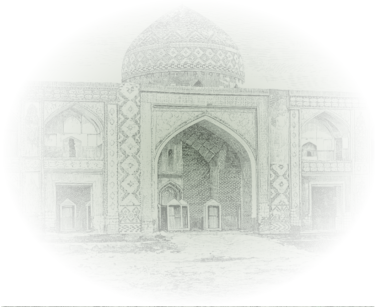Urud is a village in the Zangezur uezd of the former Yelizavetpol (Ganja) governorate, later in the former Garakilsa (Sisian) district, and currently in the Syunik province. The provincial centre is located 97 km to the northwest of the town of Gafan, on the left bank of the Bazarchay River, and at a height of 1,420 m above sea level. After the establishment of the Zangezur uezd in Soviet Armenia on 31 August 1921, the settlement was integrated into the administrative area of Armenia. It was marked on the five-verst map of the Caucasus. In the works of Armenian authors “Orod” is mentioned as another name for the village.
The village was inhabited by 111 Azerbaijanis in 1831, 222 in 1873, 270 in 1886, 359 in 1897, 435 in 1905 and 408 Azerbaijanis in 1914. The village inhabitants were deported by Armenian armed units in 1918. The surviving Urud inhabitants could return to their homes only after the establishment of Soviet power on the territory of present-day Armenia. The village was inhabited by 173 Azerbaijanis in 1922, 263 in 1926, 340 in 1931, 623 in 1959, 609 in 1970, 663 in 1979 and 1,000 Azerbaijanis in 1986. In November 1988 the Azerbaijani population of the village of 125 households were deported from their historical and ethnic lands by the state of Armenia. At present, the village is inhabited only by Armenians.
The toponym is coined by adding the Turkic suffix “-ud” denoting a place content to the word “ur” meaning “a mountain or a hill” to denote “a village in a mountaneous or hilly place.”
By the decree of the Presidium of the Supreme Soviet of Armenian SSR dated 3 July 1968, the village was renamed “Vorotan”. According to the law “On the administrative-territorial division of the Republic of Armenia” dated 7 November 1995, it was integrated into the administrative area of the Syunik province.
Geographic coordinates: latitude 39°29’N., longitude 46°08’E.
